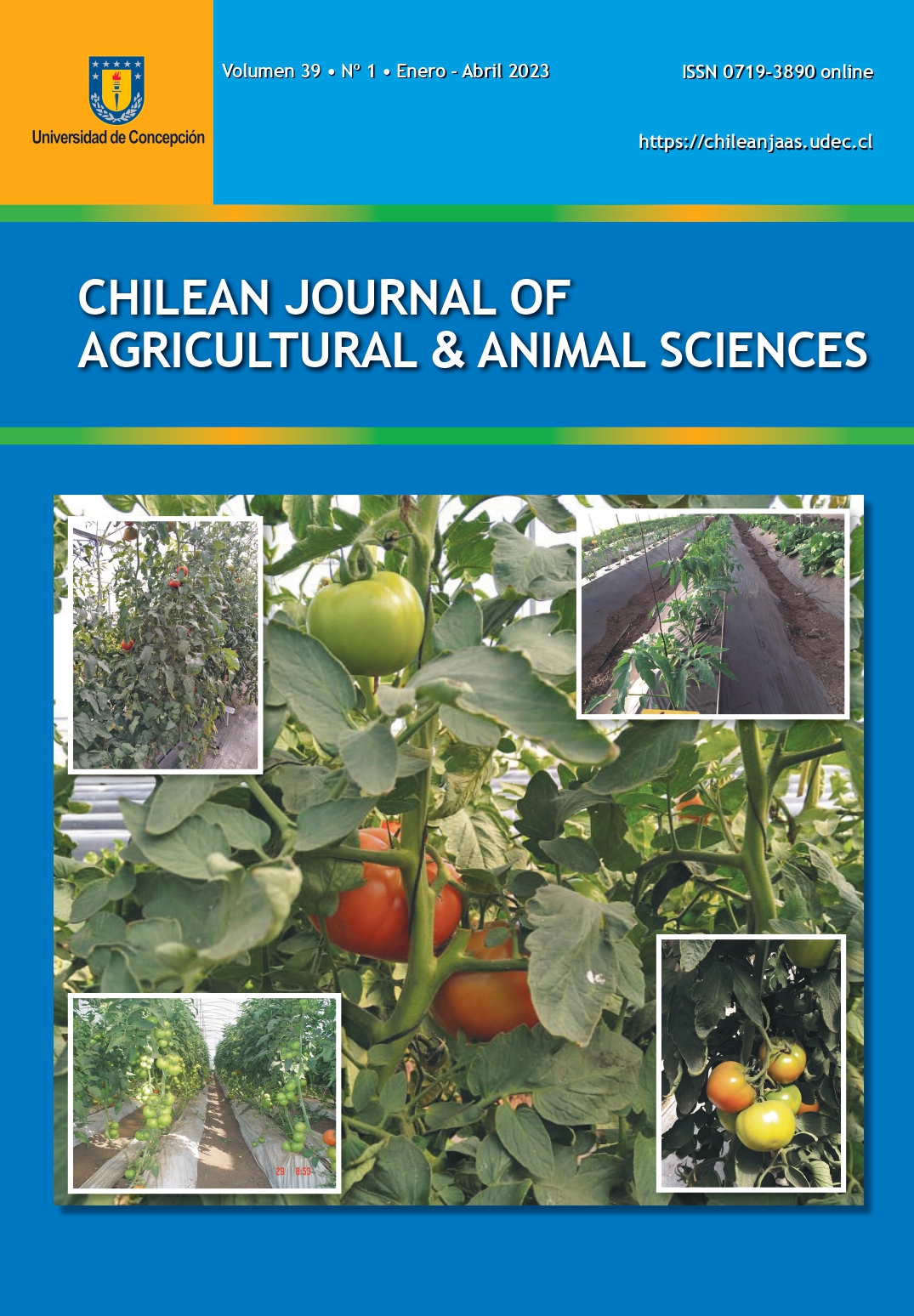PHYSICOCHEMICAL AND FUNCTIONAL EVALUATION OF FLOURS AND STARCHES FROM GERMPLASM OF Musa spp. IN COLOMBIA
DOI:
https://doi.org/10.29393/CHJAA39-9EFAJ70009Keywords:
Agro-industry, amylose, banana, Chemical properties, functional properties.Abstract
Plantains (Musa balbisiana) and bananas (M. acuminata) are important fruits for human health, due to their high starch, vitamin and protein content. However, genetic improvement programs are focused mainly on agronomic aspects, ignoring their functional properties in agro-industrial processes. Therefore, the objective of this study was to evaluate the chemical and functional properties of flours and starches in 104 accessions from the AGROSAVIA Colombian Musaceae Germplasm Collection. Viscosity, calorimetric properties, swelling power, solubility, amylose content, and dry matter in starches, as well as contents of sugars and organic acids in flours were evaluated. The results showed that the dry matter varied between 87.2 - 89.4%, while the amylose content ranged between 27.5 - 29.3%, being important criteria to differentiate genomic groups and orientation to use. The contents of fructose (11.4 - 17.2 mg/g on a dry basis) (bs) and glucose (15.9 - 22.3 mg/g) (bs) are highlighted as the main sugars found, as well as the contents of citric acid (9.2 - 10.9 mg/g) (bs) and malic acid (6.3 - 8.1 mg/g) (bs). The principal component analysis managed to reduce the dimensionality of the evaluated properties by 58%, explaining more than 70% of the variability with 15 variables. These properties present high variability to discriminate between accessions and formed groups, which can be potentially used for the development of plant breeding programs in Musaceae cultivated in Colombia, based on the agro-industrial sector.
Downloads
Published
How to Cite
Issue
Section
Copyright (c) 2023 Ayda Lilia Enriquez Valencia, Juan Carlos Lucas-Aguirre, Álvaro Caicedo-Arana, Eberto Rodríguez-Henao, Germán Aguilera-Arango, Dubert Yamil Cañar-Serna , Jhon Albeiro Ocampo

This work is licensed under a Creative Commons Attribution 4.0 International License.







